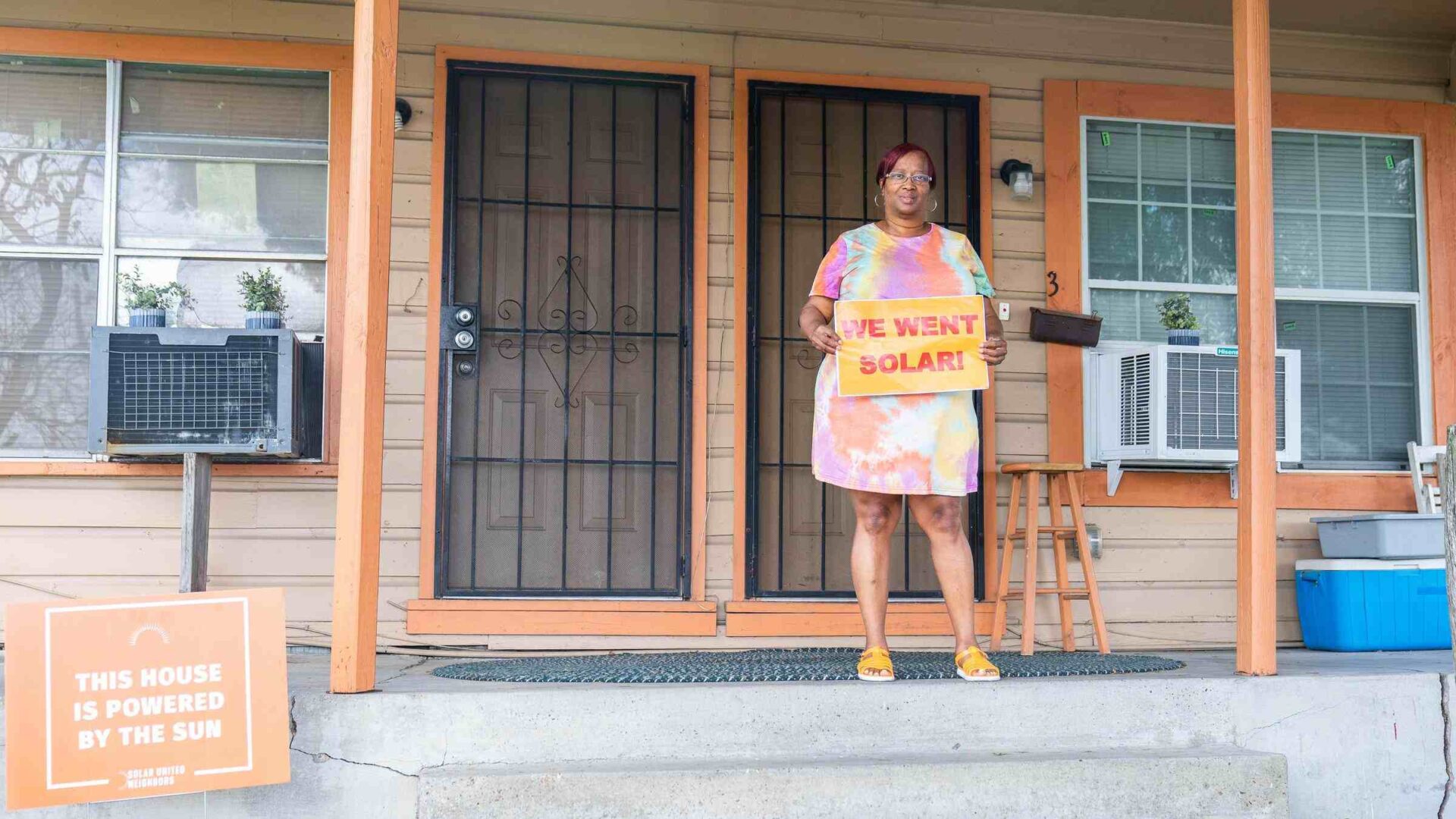Incentives for going solar
- Factsheet

Going solar is a big investment. Solar incentives can make it much more affordable. When deciding how much solar will cost you, it’s critical to consider the incentives available.
The federal solar tax credit will expire at the end of 2025. Depending on where you live, you may also have state, local, and utility-specific incentives available.
Federal solar investment tax creditFederal solar investment tax credit
The federal solar investment tax credit (ITC) is available to homeowners and business owners in the U.S. who go solar.
The ITC is a one-time, non-refundable credit that you receive when you file your taxes for the year you had your solar array installed.
Note: The tax credit expires at the end of 2025 after Congress voted to repeal it. Click here to contact your members of Congress and share your support for solar energy.
The safest way to ensure your installation will qualify for the tax credit is to have it completed and ready to be connected to the electric grid. (Note: SUN is not a tax advisor. You should consult a tax advisor to determine the extent to which your installation is eligible.)
Other resources: Residential Clean Energy Credit (IRS), Form 5695 instructions (IRS), Dept. of Energy Guide
How do I get the tax credit?
In most cases, your solar installer will give you a receipt for the total cost of your system after it’s installed. You can then give this receipt to your accountant and receive a tax credit off the total cost of your system.
If you can’t realize the full value of your credit in the first year, you may be able to roll it forward to reduce your tax burden in subsequent years.
Eligibility for the tax credit happens after a system has been “placed in service,” as stated in the tax code. What that means is a gray area. According to the Solar Energy Industries Association (SEIA) a conservative interpretation would be when your system is ready to be connected to the grid. This is confirmed in the IRS FAQ. Note that the SEIA resource is from 2019, so the tax credit percentages shown there may be out of date. We recommend that you consult with a tax expert or accountant. We’re not tax experts, so we can’t offer tax advice.
Can I include roof improvement or replacement costs in the credit?
No, not in most circumstances, according to an FAQ on the IRS website. It says, “In general, traditional roofing materials and structural components do not qualify for the credit.”
Solar shingles or tiles may qualify, though. We recommend reading carefully through the IRS FAQ and through the applicable tax form (IRS Form 5695) for more information.
What about battery storage?
Yes, the ITC applies to battery storage! The credit is available for battery storage at the rates listed above, whether you pair it with solar or you just install a battery by itself.
Can taxpayers include financing costs such as interest payments in determining the amount of the credit?
No. Financing costs such as interest are not eligible expenditures for purposes of the credit. Other miscellaneous costs, such as origination fees or amounts paid for an extended warranty are also ineligible for the credit. IRS website
Rural energy for America programRural Energy for America Program
The U.S. Department of Agriculture (USDA) offers solar incentives to the country’s farmers and rural small business owners. The program is called the Rural Energy for America Program (REAP).
REAP provides competitive grant funding and guaranteed loan financing for renewable energy systems and energy efficiency improvements.
Agricultural producers with at least 50% of gross income coming from on-site agricultural operations are eligible to apply. Small businesses in eligible rural areas also can apply.
Competitive grants are available for up to 50% of total eligible project costs. Loan guarantees are available for up to 75% of total eligible project costs. Combined grant funding and loan guarantees are available for up to 75% of total eligible project costs.
Learn more about applying for REAP funding and how we can help.
Note: The USDA is not accepting new REAP grant applications at this time
Your rural business can go solar
Download our guide to learn how the Rural Energy for America Program can work for your farm or rural small business.
Solar renewable energy credits
When you generate solar electricity from your system, you also generate an associated “green value” for that electricity. This is called a solar renewable energy credit, or SREC (pronounced ess-rec).
Every time your system produces 1,000 kWh (1 MWh) of electricity, you earn one SREC. In some states, these credits have a monetary value that the system owner can capture.
The value of SRECs varies over time depending on supply and demand and the state’s rules governing this incentive.
Additional incentives in your stateAdditional incentives in your state
Some states, local governments, and utilities offer additional incentives to residents who install solar.
These incentives can come in the form of grants, rebates, waived permitting fees, and tax credits. Some states also offer assistance for low-income homeowners.
Ready to go solar?
SUN is here to support you with expert advice, agenda-free. Let’s get connected.
Learn more from SUN about your state’s incentives
We’ve compiled additional information about solar incentives in some states. Check it out!
Arizona
Colorado
D.C.
Florida
Indiana
Maryland
Minnesota
Ohio
Texas
Virginia
West Virginia
Get the latest on solar straight to your inbox.
Fight for your solar rights.
Everyone has the right to go solar. Spread the sunshine nationwide and in your local community by taking action, joining events, and more.